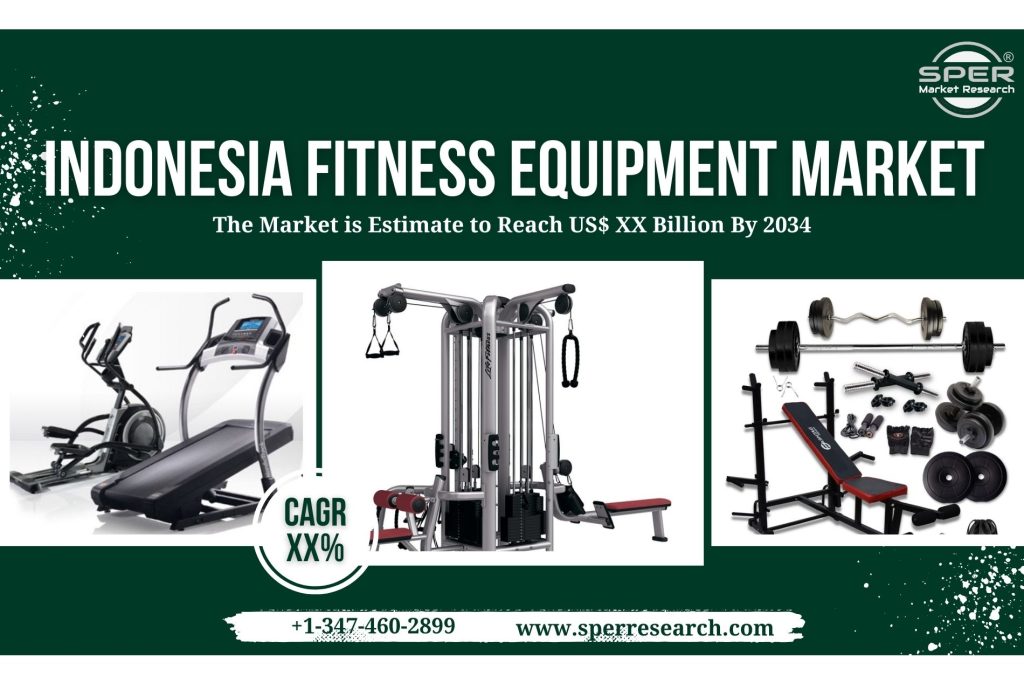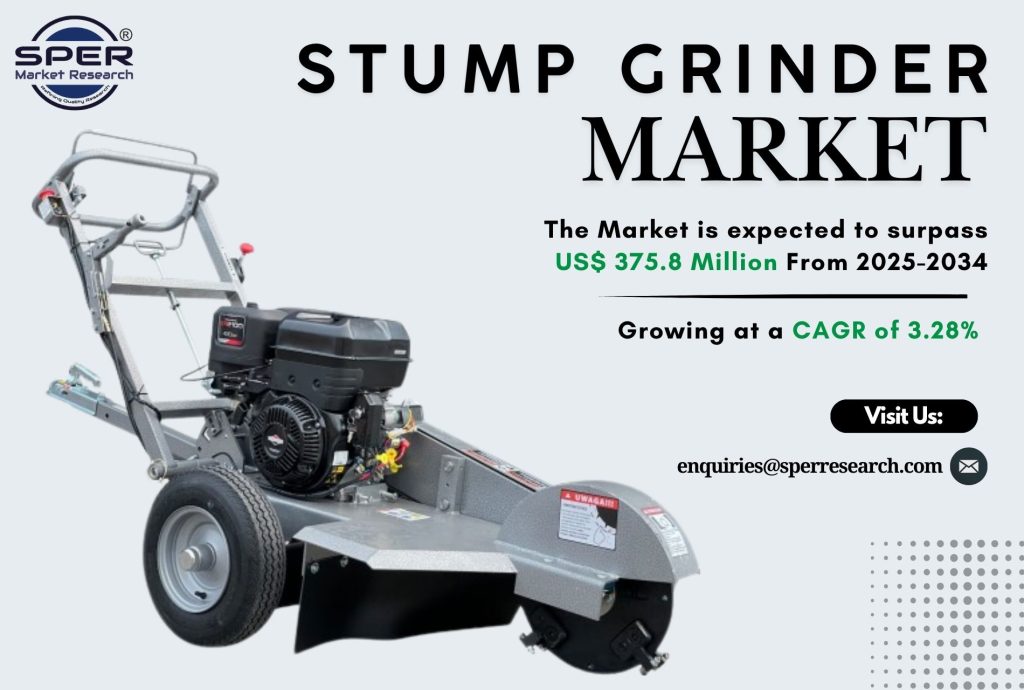Fitness equipment refers to the tools, machines, and devices designed to enhance physical exercise and improve overall health and fitness. These devices cater to various fitness goals, including strength training, cardiovascular endurance, flexibility, and rehabilitation. Common fitness equipment includes treadmills, exercise bikes, elliptical trainers, rowing machines, and free weights like dumbbells and barbells. Specialized equipment, such as resistance bands and kettlebells, offers versatility for both home and gym use. The growing awareness of health and wellness, coupled with technological advancements, has led to innovations such as smart fitness equipment with tracking and interactive features. Fitness equipment is essential for creating personalized workout routines, improving physical performance, and supporting a healthy lifestyle.
According to SPER Market Research, ‘Indonesia Fitness Equipment Market Size- By Service, By End User, By Market Structure- Regional Outlook, Competitive Strategies and Segment Forecast to 2034′ states that the Indonesia Fitness Equipment Market is estimated to reach USD XX billion by 2034 with a CAGR of XX%.
The fitness equipment market in Indonesia is expanding rapidly, owing to a variety of causes. The population’s growing awareness of health and wellness has resulted in increased demand for workout equipment. This tendency is further reinforced by the growing urban population, which has resulted in an increase in home-based gym settings. Furthermore, the rise of low-cost, 24-hour gyms with flexible membership options and competitive pricing has made training facilities more accessible to a larger portion of the population. This accessibility motivates people to buy personal fitness equipment for home use. Economic factors also play an important role; rising GDP per capita and consumer spending per capita have increased Indonesians’ purchasing power, allowing them to devote more resources to health and fitness products.
The fitness equipment market in Indonesia is experiencing growth, driven by increasing health consciousness and urbanization. However, several challenges may impede its expansion. Indonesia relies heavily on imported fitness equipment, making the market susceptible to international supply chain disruptions and currency fluctuations. In rural areas, there is a lack of awareness about fitness benefits and limited access to facilities, hindering market penetration beyond urban centers. The relatively high cost of fitness equipment can be a barrier for many consumers, particularly in a price-sensitive market like Indonesia. Traditional lifestyles and preferences may reduce the emphasis on formal fitness regimes, affecting the demand for fitness equipment. The availability of affordable, non-equipment-based fitness options, such as outdoor exercises and community sports, presents competition to the fitness equipment market.
The Indonesian fitness equipment market is predominantly led by urban regions such as Jakarta. These areas boast dense populations and higher disposable incomes, making them attractive markets for fitness equipment. Some of its key players are- Brunswick Corporation, Amer Sports, Cybex International, Primafit and Solution Fitness.
Request a Free Sample Report: https://www.sperresearch.com/report-store/indonesia-fitness-equipment-market.aspx?sample=1
Indonesia Fitness Equipment Market Segmentation:
By Service: Based on the Service, Indonesia Fitness Equipment Market is segmented as; Gym, Yoga, Pilates, Martial Arts, Swimming.
By End User: Based on the End User, Indonesia Fitness Equipment Market is segmented as; Fitness Clubs and Gyms, Corporate Wellness Programs, Educational Institutions, Individual Consumers.
By Market Structure: Based on the Market Structure, Indonesia Fitness Equipment Market is segmented as; Organized and Unorganized.
By Region: This report also provides the data for key regional segments of Northern Region, Eastern Region, Western Region, and Southern Region.
For More Information, refer to below link: –
Indonesia Fitness Equipment Market Growth
Related Reports:
Follow Us –
LinkedIn | Instagram | Facebook | Twitter
Contact Us:
Sara Lopes, Business Consultant — USA
SPER Market Research
enquiries@sperresearch.com
+1–347–460–2899









